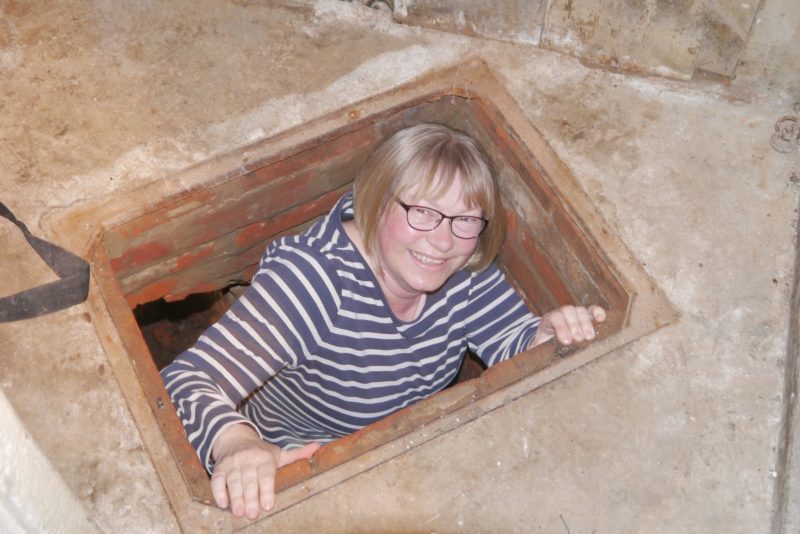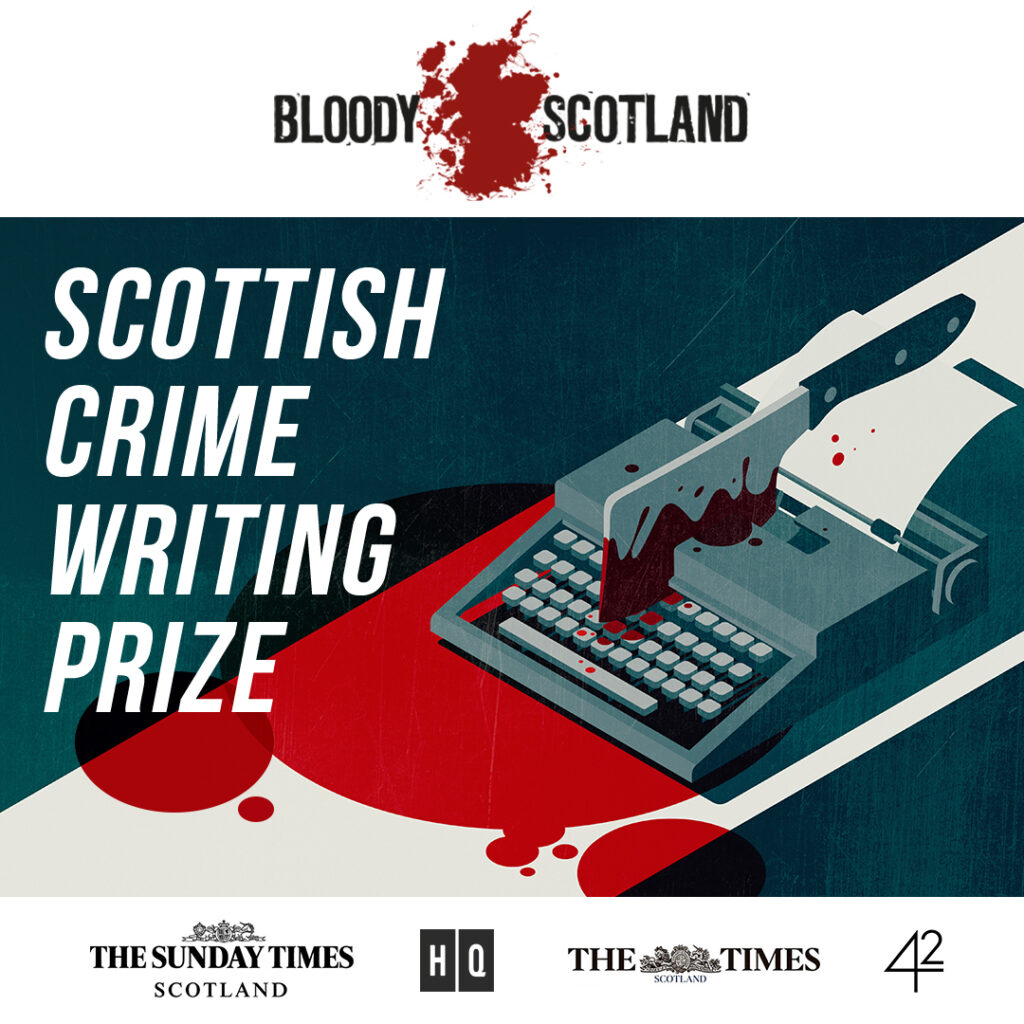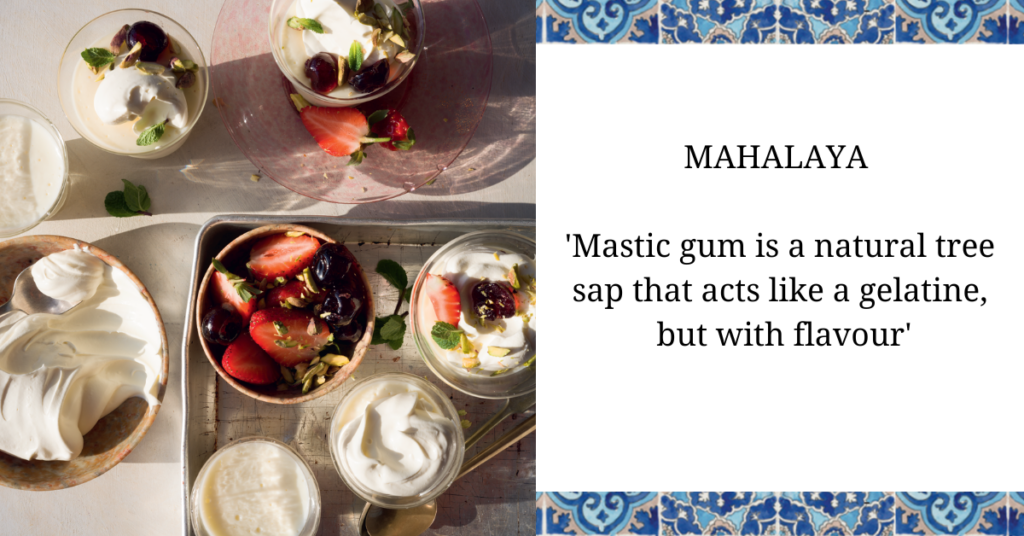For me, research is one of the best parts of writing an historical novel. It’s one of the ways I discover new and exciting ideas for future books and it’s no secret that sometimes I have to stop myself researching and make myself sit down and actually start writing, or my books would never make that leap from my mind to the page.
It’s a standing joke in my family that I’ll do (almost) anything in the name of historical research. I’ve been down the sewers at Wolf Hall, the iconic 16th century manor house that Hilary Mantel immortalised in her series of books about Thomas Cromwell. I’ve climbed onto the roof of cathedrals to have a medieval mason’s view of the world, driven a 19th century carriage and tried to learn fencing which didn’t turn out to be a success at all. I would not have lasted a minute in a duel!
I call this ‘method research’ which like method acting gives you the experience of what your characters would have gone through, or as close to it as possible in a modern setting. A number of historical authors like to immerse themselves in the past; when I interviewed Tracy Chevalier earlier this year, she explained how she had joined a quilting group as background research for one of her books, and enjoyed it so much that she carried on with it as a new hobby. For me a highlight of this sort of research was a trip to a falconry centre where I learned so much about the ancient art and had the thrill of flying one of these incredibly beautiful birds. Nothing, however, could beat the experience of a private tour of Wolf Hall and slipping through the trapdoor into the brick-lined maze of underground passages that had once run beneath the Tudor palace. That was as close to time travel as I’ve ever been!
Not all research for historical novels is so exciting, of course. When I set out to write a book, I start first of all with the general background and read all I can about a particular era, or character or setting. This helps to create the authentic framework in which the story takes place. There is a wealth of detail that adds to the atmosphere of a story and makes it feel real, from what the characters would wear to what they would eat for breakfast. Clothing in the sixteenth century was so very different from our own and it helps to know how it would feel; how a long skirt might hamper the freedom of movement we are accustomed to, or how pins in the hair could quickly give you a headache!
Whilst emotions are universal and timeless, the politics and ideology of a particular time also set the framework for the way that characters think and behave. In a time of peace, for example, if you lived in a village, the sound of horses approaching might be exciting, a promise of news or some new arrival. In a time of war, it would be a signal to hide. All these little nuances are well worth thinking about in advance to create depth and atmosphere, and then you can write them into your book sparingly but in a way that gives depth to the narrative.
The other thing that I love to do is visit the actual places where the action took place in my books. Whether it’s the Tower of London or wandering the footpaths of Savernake Forest, it’s both a way to understand the physical environment that the characters moved through and a way to soak up the atmosphere of a place. In the case of The Forgotten Sister, the manor house at Cumnor Hall where Amy Robsart lived was demolished long ago but in some ways this helped me to get a feel for Amy and her story. There was something very sad about standing on the site of where the house had once been. Like Amy, it had disappeared and been almost forgotten. That sense of loss definitely came through in my approach to her story.
Historical fiction is a great way to escape to a different time and a different place. I hope I’ve captured some of that timeless magic in The Forgotten Sister and can transport readers through the pages of my book. Join me on Instagram, Twitter and Facebook for lots of images of the places in the story and chat about history, research, reading and writing!
Keep safe and well,
Nicola x
Nicola Cornick’s latest novel, The Forgotten Sister, is out now. Available here.





